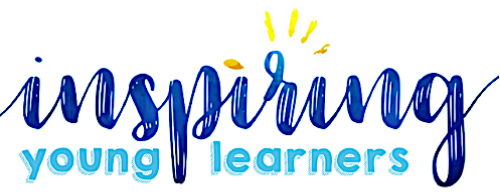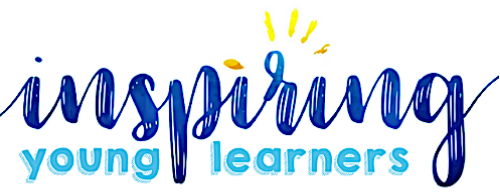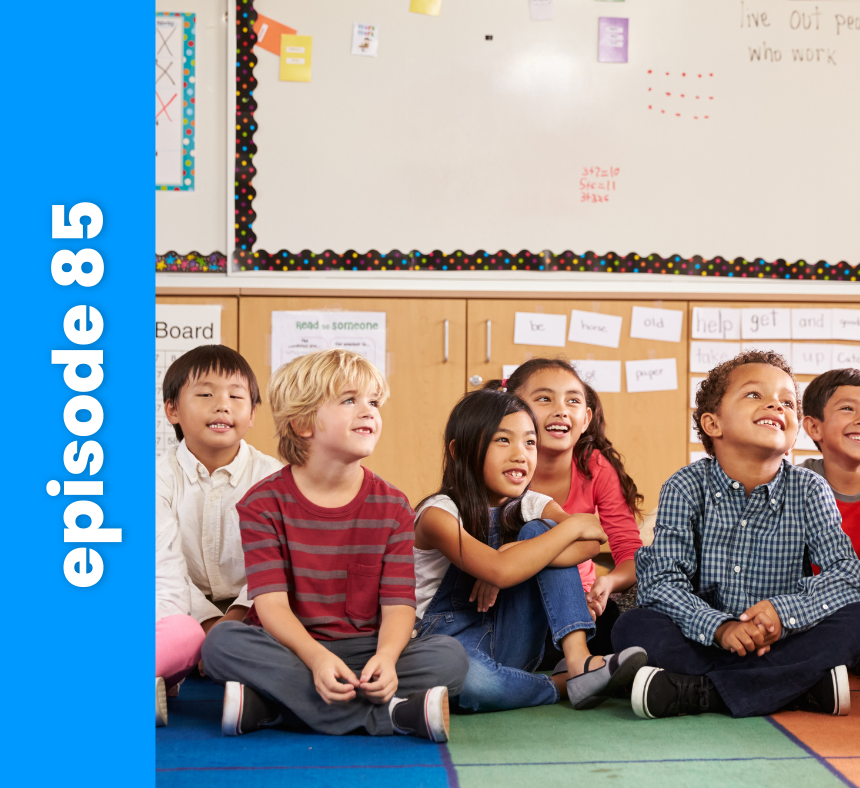What does a language-rich, visually engaging ESL classroom look like?
Today, we’re diving into practical ways to set up your classroom for the school year, ensuring it’s a space where ELLs can thrive and succeed. As teachers of ELLs, creating a language-rich and visually engaging classroom is crucial, as it supports their language development and fosters a sense of belonging. Here are 8 essential strategies to consider:
- Classroom Layout and Organization: Consider the classroom layout and organization to create a conducive learning environment. Avoid clutter and excessive decorations. Instead, prioritize an organized and welcoming space that promotes student engagement and collaboration.
- Vocabulary Displays and Anchor Charts: Use visually appealing vocabulary displays, anchor charts, and word walls to provide students with accessible language resources. Allow students to be involved in creating and using these displays to foster independence and engagement.
- Diverse Literature: Build a diverse library that represents the cultural backgrounds of your students. Include books in their native language, bilingual books, and stories reflecting various celebrations and traditions. This fosters connections and a sense of identity.
- Interactive Bulletin Boards and Displays: Create interactive displays that showcase student work and highlight their language skills. Feature student introductions, greetings in multiple languages, and cultural information to promote understanding and appreciation.
- Visual Schedules and Routines: Provide visual schedules and routines for students, particularly newcomers. This helps them understand the structure of the day and reduces anxiety by providing clear expectations.
- Classroom Labels and Signs: Label classroom items and areas in both English and students’ native languages if possible. This helps newcomers navigate the classroom and understand the environment.
- Picture Dictionaries: Utilize picture dictionaries to support vocabulary development. These can be used for all language levels and can be especially beneficial for newcomers.
- Technology Integration: Embrace technology as a tool to support language learning. Tools like Google Translate and Mote are so valuable.
Remember, a language-rich and visually engaging classroom enhances students’ language skills, fosters inclusivity, and empowers them to participate confidently! By incorporating these strategies, you create a welcoming and supportive learning environment for all your English Language Learners.
If you’ve found our podcast helpful, please consider leaving a review wherever you listen to your podcasts! This is the best way you can help more teachers find us!
Upcoming Episodes to Support You as You Prepare for a New School Year:
- 86. Practical Tips from an Experienced ESL Teacher
- 87. Supporting SLIFE Students (Students with Limited or Interrupted Formal Education)
- 88. Teaching Newcomers: Essential Lessons for the First 3 Weeks
- 89. 4 Reasons Your ELL Curriculum Isn’t Working
Resources:
- Join the Equipping ELLs Membership
- Classroom Decor Bundle
- Picture Dictionaries
- Mote
- Episode 51: “5 New Tech Tools to Try Now!”
Connect with Beth:
More about Equipping ELLs:
We all know that teaching isn’t easy, but it doesn’t have to be this hard. Equipping ELLs is a podcast for both ESL specialists and homeroom teachers who are looking for effective and engaging ways to support their English Language Learners without adding to their endless to-do list. Tune in each week to hear tips, strategies, and inspirational stories that will empower you to better reach your ELL students, equip them with life-long skills, and strengthen relationships with colleagues and parents.
Your host, Beth Vaucher, is the founder of Inspiring Young Learners. She is an ESL certified homeroom teacher with over 10 years of experience teaching in the US and internationally. Her background of M.Ed in ESL and Curriculum and Instruction combined with her experience has led her to develop a bestselling newcomer curriculum that has sold in over 90 countries around the globe. She brings a different perspective to teaching ELLs from her years teaching and living abroad and working with ELLs from around the world. You will walk away from each episode with the ideas and tools you need to transform your experience as a teacher and cultivate a thriving and welcoming environment for your ELL students.



